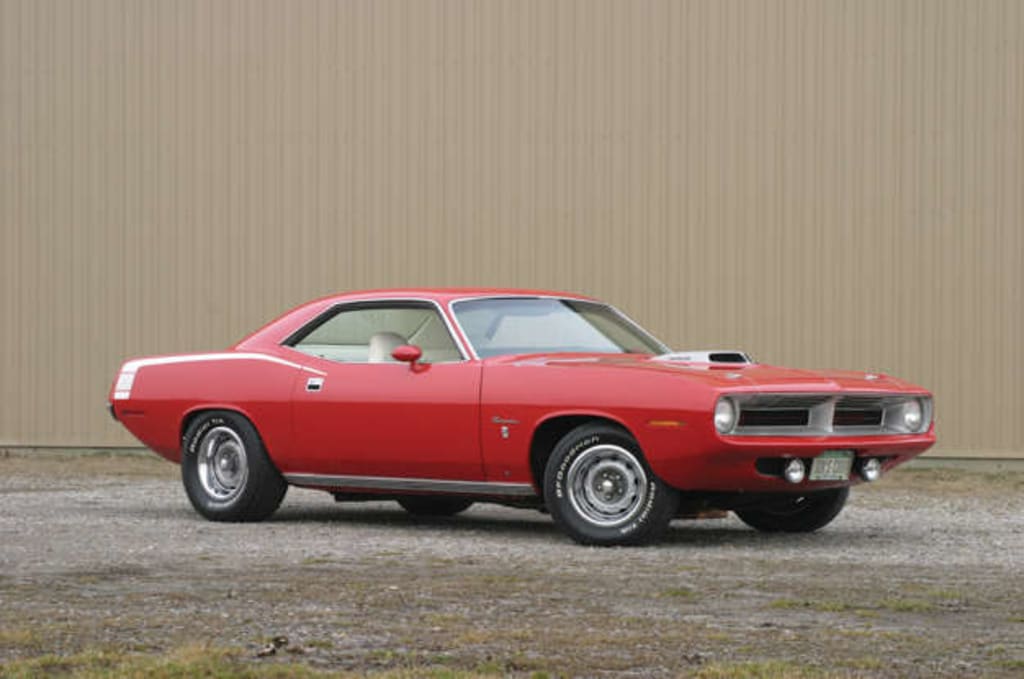
Sucker punch
It’s a fact: the more air you can get into an engine, the more fuel you can add, the bigger the bang. And that generally means… faster.
So, for years, car companies have worked out various ways of allowing an engine to suck in air more easily because it provides, in effect, free performance. And if they managed to make the cars look cool while doing so, and therefore add a little kudos, then all the better.
Here we list 22 cars in chronological order where the addition of scoops and intakes has not only made the car quicker, but also made them much cooler.
1. Ford Thunderbird Mk1 (1955-’57)
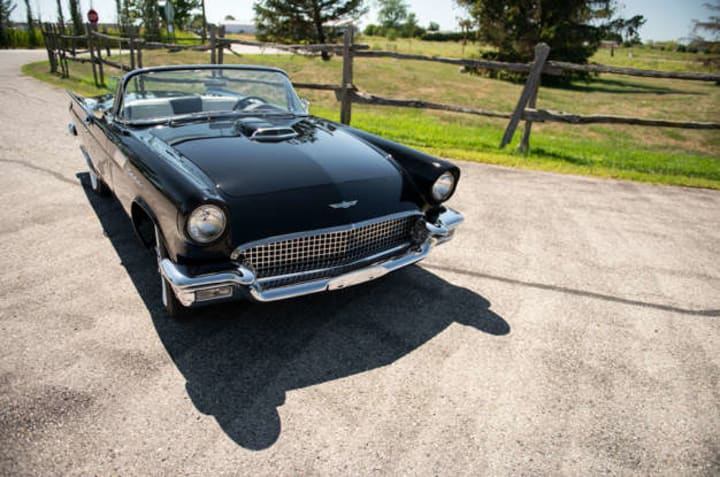
The Ford Thunderbird had all the necessary ingredients – big V8 engine, two seats, drop-top roof, rear-wheel drive – but it was never conceived nor marketed as a sports car.
Instead it was more of a comfortable and fast grand tourer. A modern-day equivalent might be something like a Jaguar XK Convertible or a Mercedes-Benz SLK55 AMG.
This was done to distance the car from the altogether rowdier Chevrolet Corvette, and to hopefully create a more upmarket (and therefore more expensive) alternative.
Ford Thunderbird Mk1 (cont.)
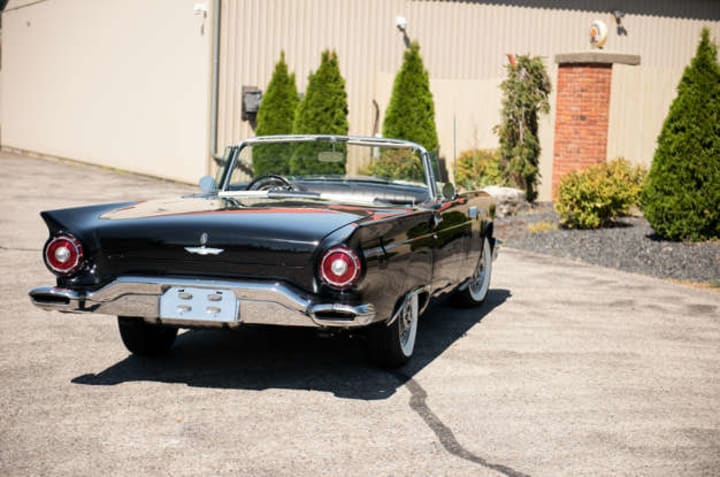
And as befitting the ‘thunder’ part of the name, the car had a 4.8-litre (292cu in) V8 motor under the bonnet, which sucked in air through a smallish but entirely functional bonnet scoop.
People absolutely loved the subtlety of the design, with its single headlights and comparatively small rear fins, to the extent that the Thunderbird outsold the ’Vette by more than 23 to one in its first year.
Aston Martin DB4 (1958-’63)
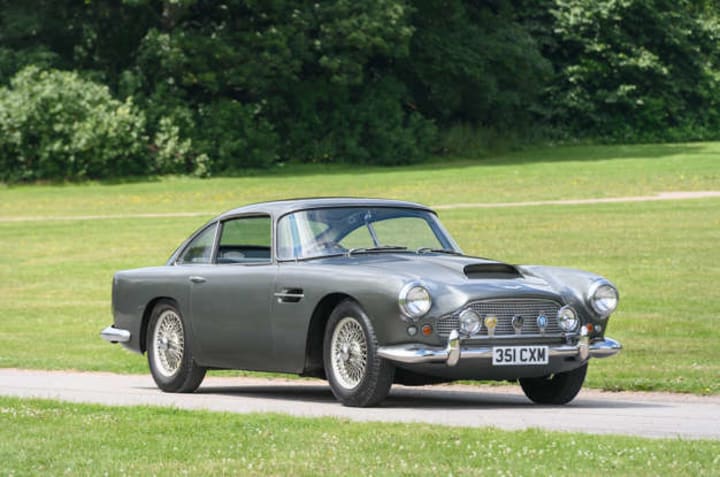
Although the DB4 was a successor to the DB MkIII, it wasn’t a development of the earlier car.
Indeed, it was completely new, and featured a platform chassis instead of the DB MkIII’s tubular offering.
It also had a body designed by Italian styling house and coachbuilder Carrozzeria Touring of Milan, and the looks of the car certainly raised a few eyebrows when it was unveiled in 1958, not least because of the large bonnet scoop.
Aston Martin DB4 (cont.)
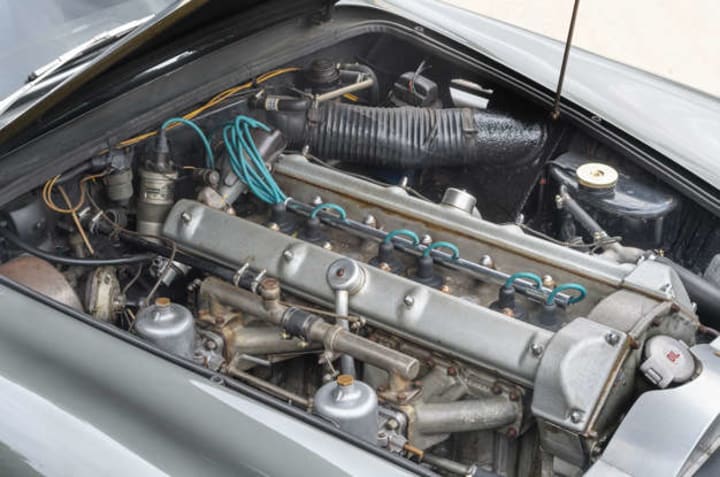
But that wasn’t all, because under the bonnet was a new 3.7-litre twin-cam straight-six powerplant that managed to develop 240bhp.
People loved the performance on offer, even if they were slightly less enamored by the engine’s tendency to overheat.
Still, all-round disc brakes kept all that performance in check – the car could hit almost 140mph and would cover the 0-60mph dash in 9.3 secs, which was pretty brisk for the day.
Chevrolet Corvette Sting Ray C2 427 (1967)
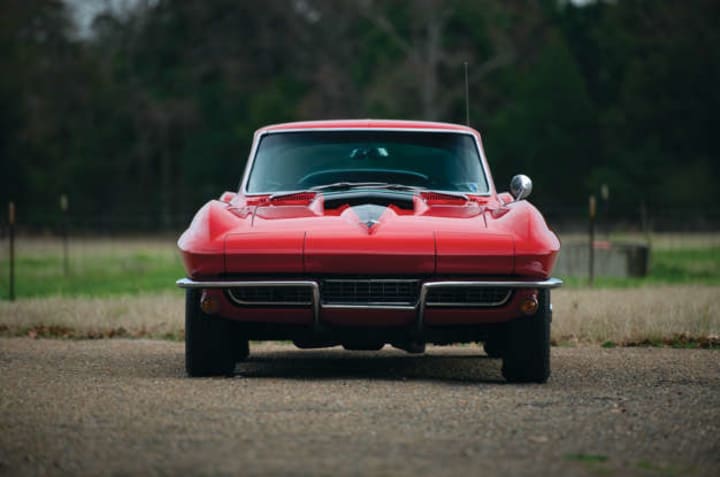
It’s fair to say the original Corvette sold like cold cakes when it was launched.
Rival Ford was laughing all the way to the bank with its Thunderbird, which vastly outsold the first ’Vette.
Something had to be done, and so the C2 was offered as a coupé (a first for the Corvette), with radically different styling, including funky pop-up headlights and a split rear window. It even had bonnet vents, although these were non-functional, and a cool extra name: Sting Ray.
At last, it was a sports car, and buyers loved it. So did everyone else, to the extent that GM won awards for the car’s design.
Chevrolet Corvette Sting Ray C2 427 (cont.)
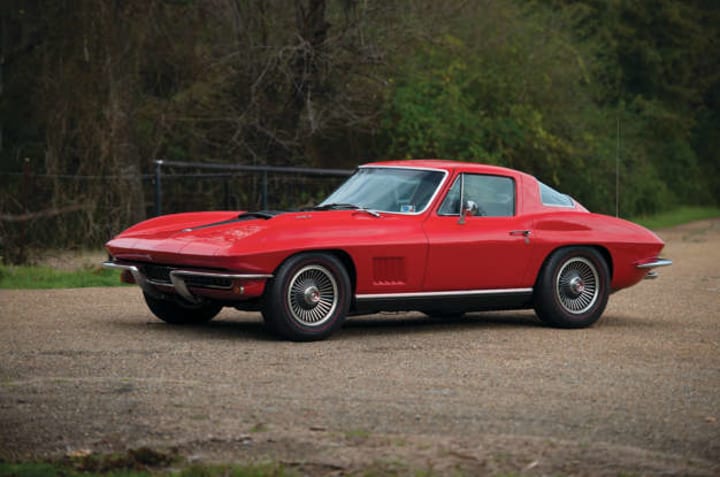
Towards the end of the car’s life, Chevrolet introduced a 7-litre (427cu in) big-block engine, and then in 1967 upgraded this with an L88, which produced an official 430bhp.
However, unofficial estimates put this power output closer to 560bhp.
This taller engine necessitated the fitment of a ‘Stinger’ bonnet that featured a stylish scoop to allow the unit to breathe better.
Oh, and it would only run on 103-octane racing fuel, which did somewhat limit its usability.
Pontiac Firebird Mk1 Ram Air (1969)
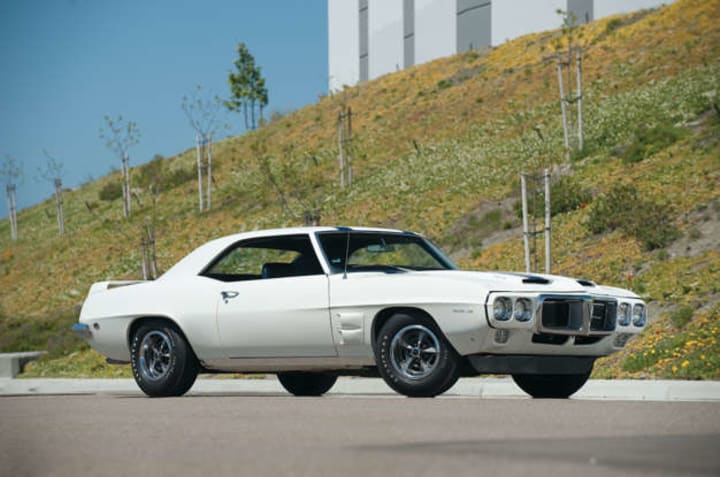
Back in 1967, Pontiac had lofty aims.
It wanted to build a sports car based upon an outlandish-looking concept called the Banshee.
However, parent company GM said no, because it was concerned that the Pontiac machine might scavenge sales from the Corvette.
To soften the blow, GM offered compensation in the shape of the F-body coupé that would eventually become the Chevrolet Camaro.
Pontiac agreed, even though it had only a matter of months to design the front and rear ends to fit with its corporate styling language.
Pontiac Firebird Mk1 Ram Air (cont.)
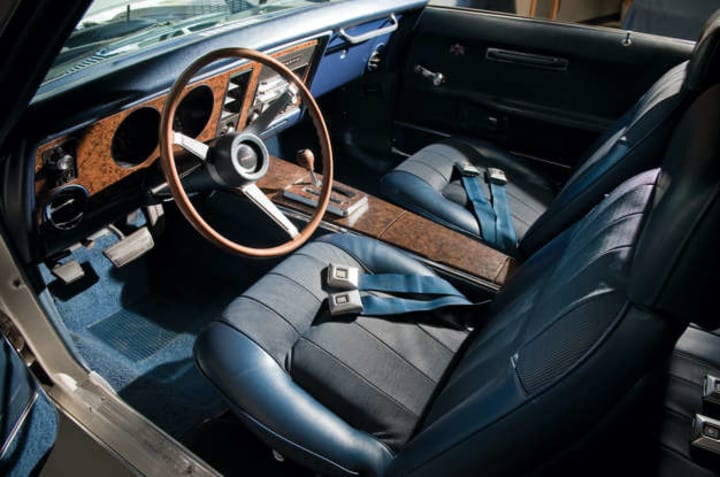
Still, the engineers managed, by giving the car four headlights, and incorporating the front bumper into the grille surround.
Then, in 1969, the car’s final year on sale, Pontiac announced a sporty trim package, called the Trans Am (to celebrate the Trans Am Racing series).
Ironically, the car never competed in the championship because its standard engine was too big to comply with the rules.
The Trans Am came with a dedicated bonnet with functional scoops to help the engine breathe more easily.
A legend was born.
Alfa Romeo Montreal (1970-’77)
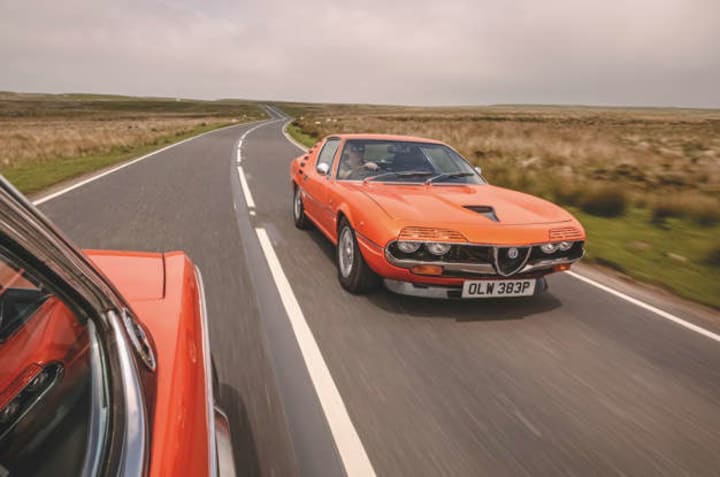
Alfa Romeo was generally known for producing cars that were easy on the eye, but the Montreal was something special even for such a stylistically successful brand.
The concept car was unveiled in 1967 at the Expo 67 fair in Montreal, Canada.
However, it was actually displayed without a name, and became known as The Montreal by the public over the course of the exhibition. The name stuck when the production car hit the road three years later.
Alfa Romeo Montreal (cont.)
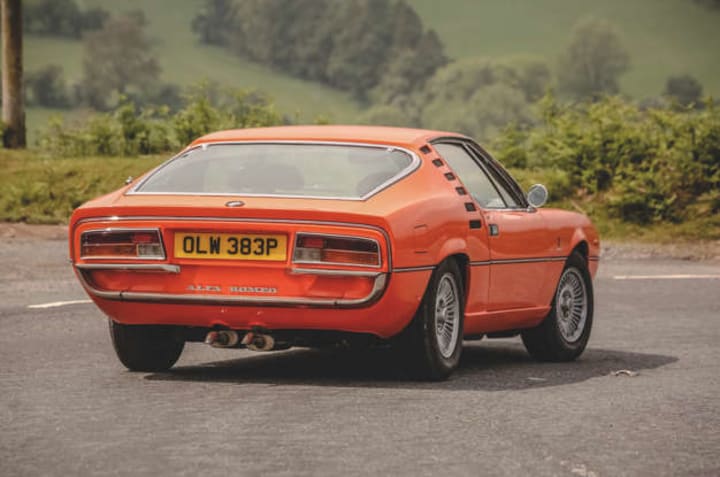
Large scoop that wasn’t present on the concept car, lay a 2.6-litre V8 engine that produced 197bhp and drove the rear wheels through a five-speed manual gearbox.
However, as stunning-looking as the Montreal was, Alfa struggled to shift it, at least partly because the company chose to price it at a higher level than both the Jaguar E-type and Porsche 911 of the time
Buick Gran Sport GS 455 (1969-’72)
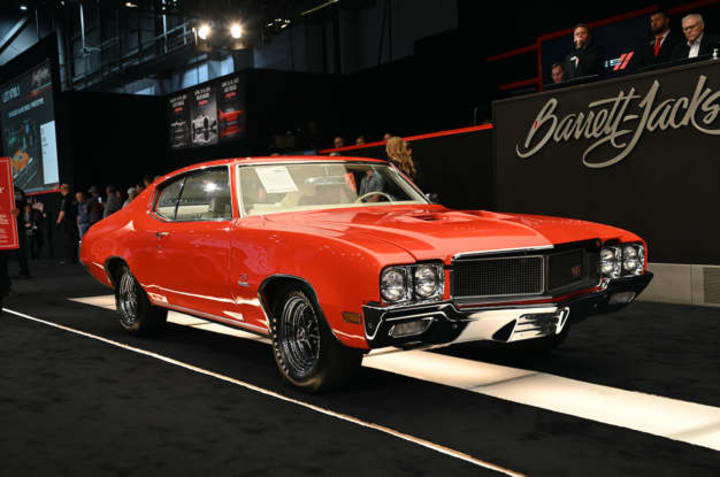
The Buick Gran Sport GS 455 is a fine example of the thinking ‘bigger’s better’.
The name started off as a trim level on the 1965 Buick Skylark, but instead of the standard car’s 4.9-litre (300cu in) V8, the Gran Sport got a 6.6-litre (400cu in) unit.
People loved it, and then in 1967 an adjustment of the Buick range meant that the Gran Sport became a model in its own right.
Buick Gran Sport GS 455 (cont.)
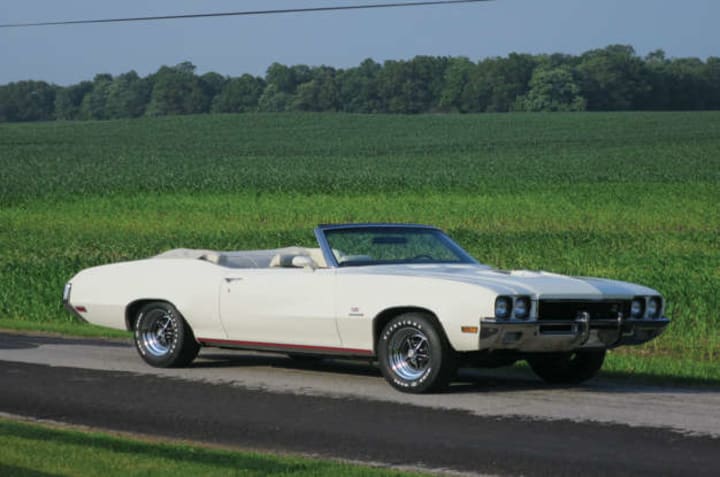
However, by the start of the 1970s, Buick could see the writing was on the wall for the muscle-car era, so decided to go out with a bang, and fitted a 7.5-litre (455cu in) V8 lump.
This was claimed to produce 350bhp, while an optional Stage 1 trim increased this to 360bhp by including a huge four-barrel Quadrajet carburettor, which sucked in all the air it could through a couple of huge air scoops on the car’s bonnet.
7. Plymouth Road Runner Mk1 ‘Air Grabber’ (1968-’70)

Platform sharing was commonplace in the US car business in the 1960s, so if you wanted a ‘mid-size’ car you could have a Dodge Super Bee, a Plymouth Satellite or a Plymouth GTX.
How do you make a car stand out? Cartoons. Of course.
So, Plymouth got in touch with Warner Brothers and paid $50,000 to use the Road Runner name, as well as sprinkling the odd graphic around the car.
The company even developed a ‘beep beep’ horn for it.
Plymouth Road Runner Mk1 ‘Air Grabber’ (cont.)
The Road Runner was marketed as a cheaper entry-level machine, but nevertheless was one with a 6.3-litre (383cu in) V8 motor up front.
However, for 1969, more power was deemed necessary, so Plymouth added an optional ‘Air Grabber’ bonnet scoop that was operated by a lever in the cabin. Pull the lever, up popped the scoop, up went the power.
The RoadRunner may have had few creature comforts, but it’s one of the most unusual muscle cars of all.
Plymouth Barracuda Mk3 (1970-’74)
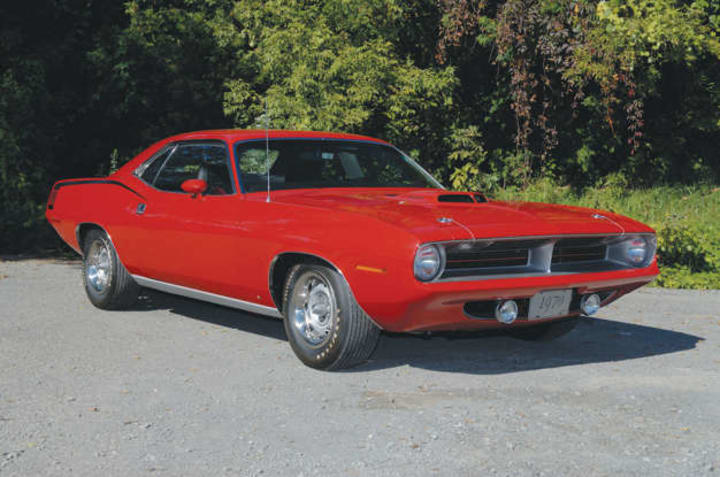
“It’s better to burn out than to fade away” goes the Neil Young song lyric, and it’s a phrase that could easily be applied to the Hemi ’Cuda of 1970.
Why? Well, because Plymouth introduced the 7-litre (426cu in) V8 and the emissions regulations of 1971 would have greatly affected its power output, and the company didn’t want that, so chose to take it off sale instead.
Plymouth Barracude Mk3 (cont.)
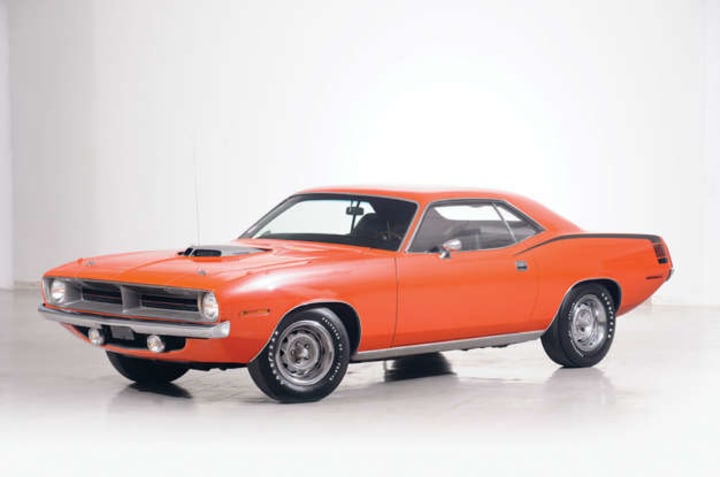
Still, there were plenty of other versions of the Barracuda available, and all had the option of a ‘shaker’ bonnet to force more air into the carburettors, plus a heavy-duty rear axle.
However, as with all American muscle cars of the time, emissions regulations had a savagely detrimental effect on performance, and sales took an enormous hit. Come 1974, the Barracuda’s day was done.






Comments
There are no comments for this story
Be the first to respond and start the conversation.